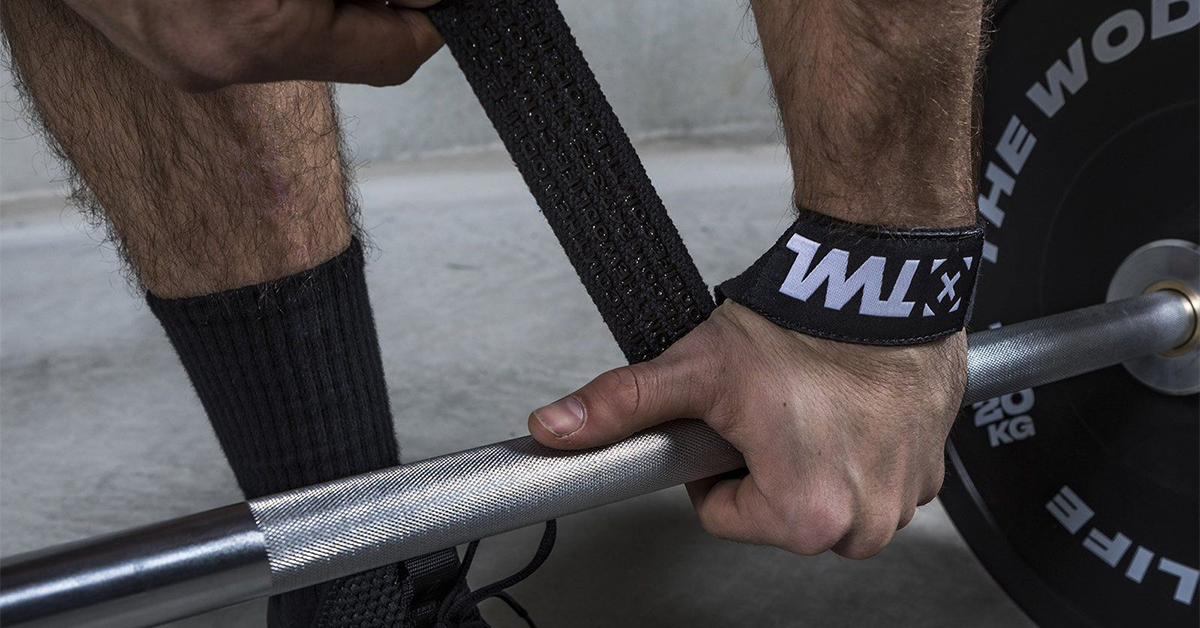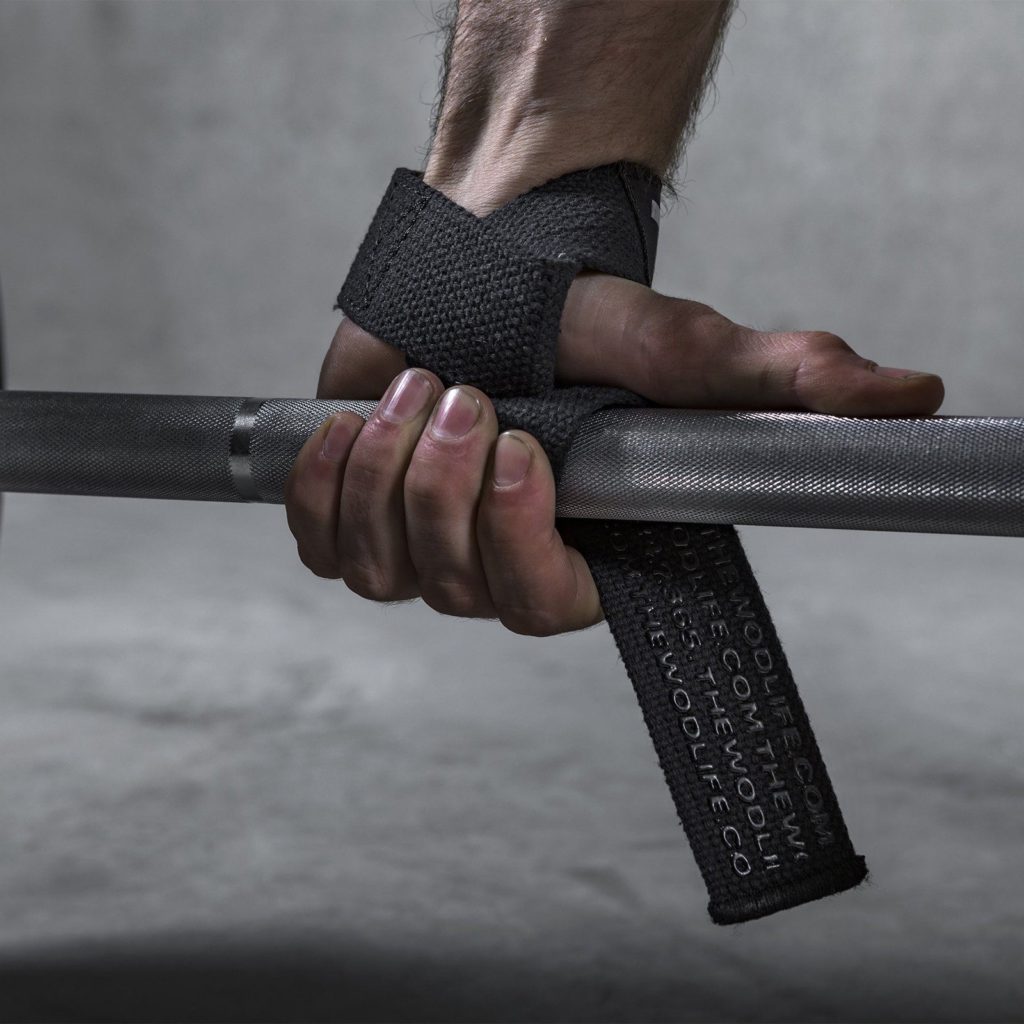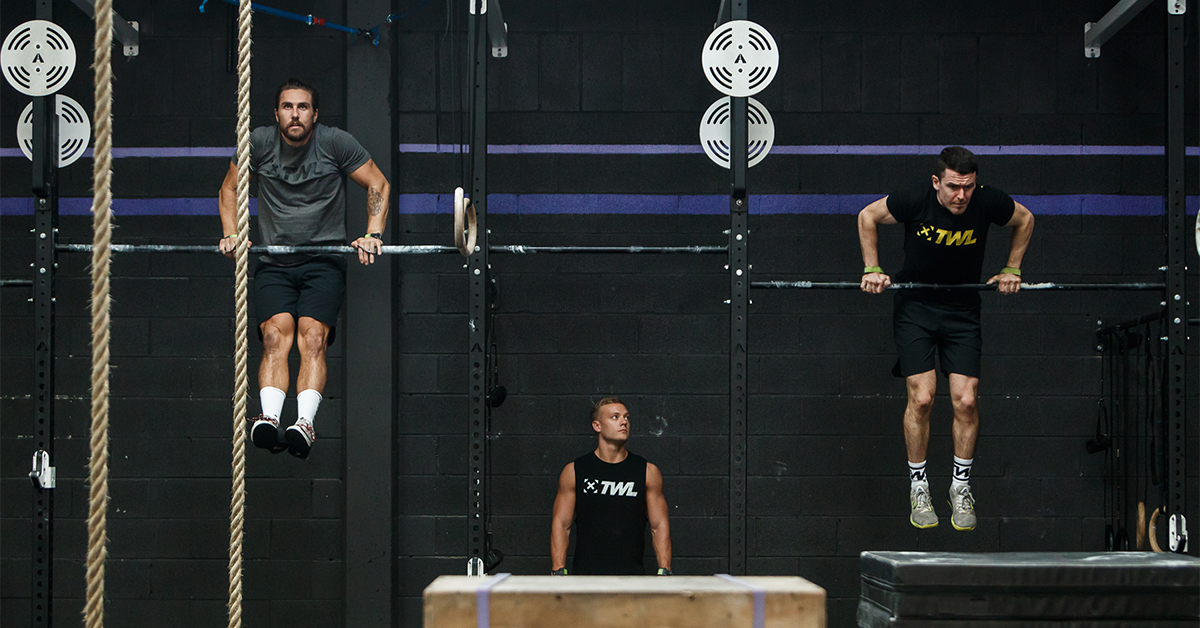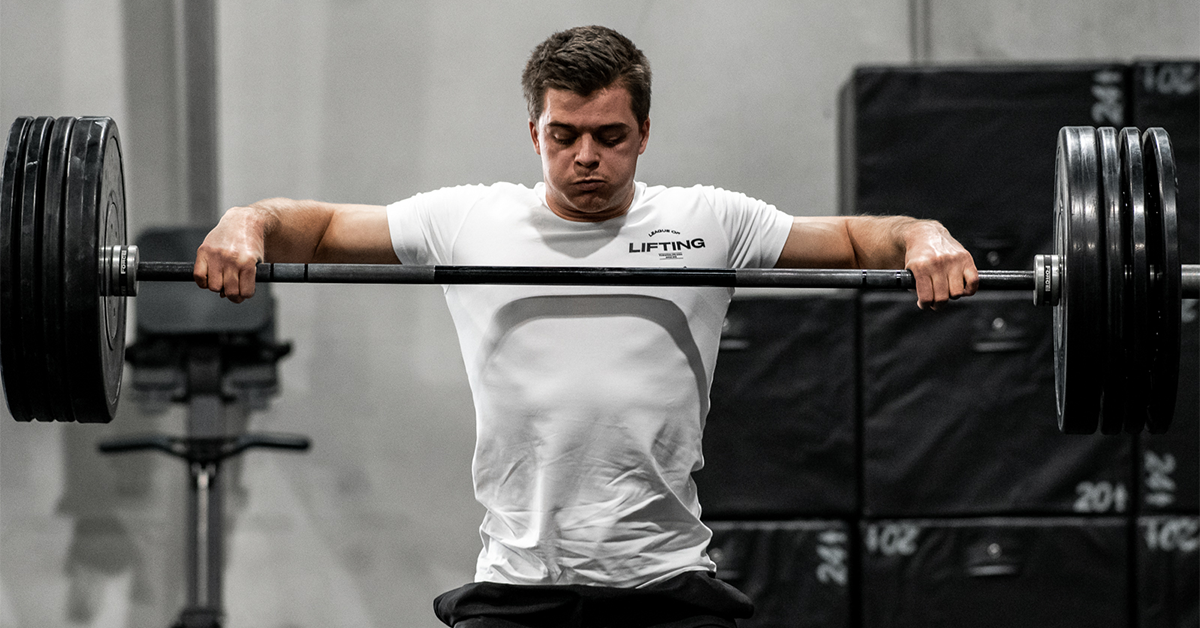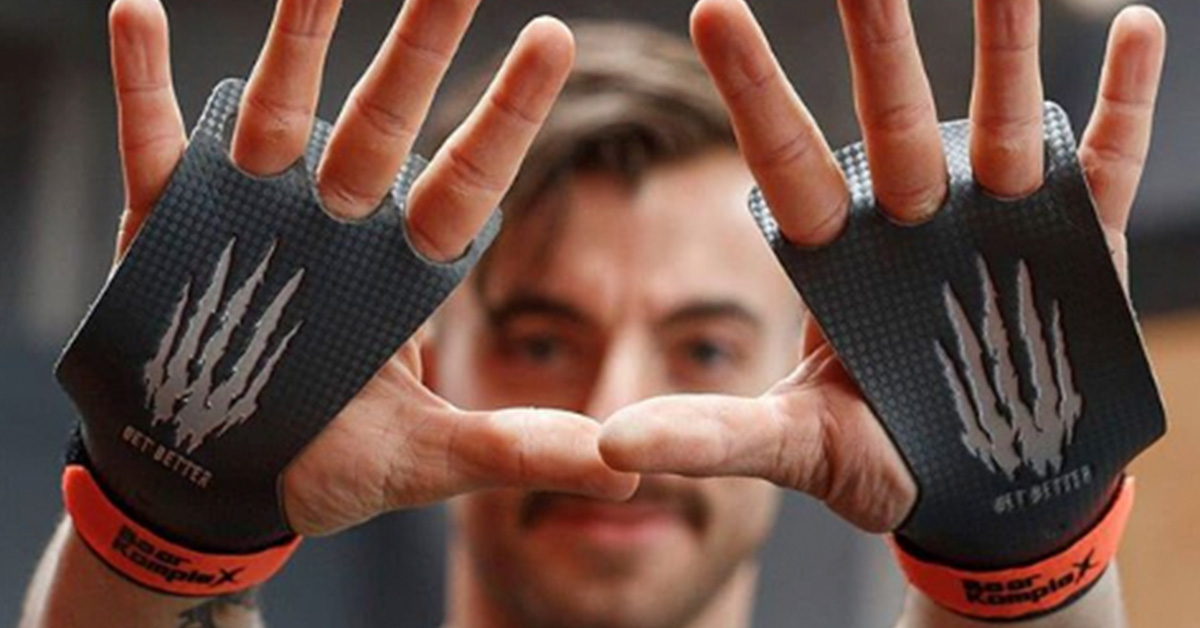Go to any commercial gym, and you might find a handful of lifters with strips of material wrapped around their wrists and barbell. Deadlifting straps are compact, convenient, and easy to use. Plus, they take a serious load off your grip.
The usage of straps for weightlifting is relatively debated upon. Some claim that it feels like cheating, while others feel it offers the necessary support for long-term progress. So, what are lifting straps, and should you use them? Let’s dive in and find out.
What are Deadlifting Straps?
Straps for deadlifting are heavy-duty fabric straps, typically made from nylon, canvas, or leather, used by athletes to improve their hold on a heavy barbell. They are commonly used in heavy pulling exercises, such as deadlifts. They are looped around the wrist to assist in gripping the barbell.
Lifting straps are essential to every intermediate and experienced weightlifter’s gym bag. They provide grip support, particularly when your other muscle groups are capable of lifting heavier but you are limited by your grip strength.
Shop Now
What Do Deadlift Straps Do?
So, should you use straps when deadlifting? Yes, if your grip is giving out before everything else.
The deadlift is a full-body exercise that entails engaging your posterior chain (like the back, hips, and glutes), aside from strengthening your wrists and grip. As you increase the weight of your pulls, you may find yourself in a predicament: Your body is ready for the next level, but your grip just isn’t having it.
Weightlifting straps are designed to take some of the pressure off your hands when your grip becomes the sole limiting factor when executing heavier pulls. They also offer substantial support for those recovering from rips, tears, and blisters.
Contrary to what some may believe, lifting straps are not a crutch or way of cheating. When integrated purposefully into your programming, they can help you lift heavier and for more reps, leading to serious strength gains.
One way to look at straps for deadlifting is that they are like training wheels: They’re meant to help you stay on track with your training regimen, target essential lifting muscles, and increase your load without compromising your grip.
Yes, it’s necessary to strengthen and improve your own natural grip to move up to the next level. That’s why you shouldn’t always rely entirely on straps. Furthermore, you shouldn’t use them for moderate, everyday weights. This is the optimal time to build up your own grip strength.
But you will absolutely hit a point when your hands just can’t take it anymore, even though the rest of your body can. This is where straps for deadlift come into play. Over time, you’ll be able to lift heavier weights — with and without straps.
How Do You Use Straps for Deadlifting?
Not all straps for deadlifting are made equal. This isn’t to say that one is better than the other, but that it usually comes down to preference and need.
There are three general types of straps for deadlifting: closed-loop, lasso, and figure eight.
Closed-loop lifting straps are teardrop-shaped loops that go around the wrist, the ends secured together. They are the loosest, or least secure, type of lifting strap. This makes them common for the Olympic lifts, which entail quickly spinning around the barbell. To use a closed-loop strap, slip your wrist through the loop, wrap the extended bottom around the bar, and then secure your grip over it.
Lasso lifting straps use number nine-shaped loops that have a circular opening at the top to go around the wrist and an extended strip of material at the bottom. This is a highly favored lifting strap because of its versatility. The extended strip can be looped several times around the barbell, so you can tighten the grip as needed.
Figure-eight lifting straps have double loops that are designed to latch around the wrist twice but wrap around the barbell only once. This type of strap is great for maxing out your deadlift because they are highly secure. But they should only be used for lifts that don’t require a quick release of the bar. To use a figure-eight strap, put your wrist through the first loop, slip the rest of the strap (or the middle of the eight) under the barbell, and wrap the second loop around your wrist.
Which Straps are Best for Deadlifting?
It ultimately comes down to preference, and you might need to try a couple of styles to find the deadlifting strap that works best for you. That being said, if you’re buying lifting straps for the first time, we have a few recommendations to get you started:
- Leather lifting strap – Leather is highly durable and grippy, so it’s a good choice for those who need a lot of support and security, like powerlifters.
- Cotton lifting strap – This is a one-size-fits-all option that enables you to adjust the grip as tightly or loosely as you need it to be. If you require additional grip than just a fabric, look for an option with silicone sides for extra stickiness.
- Padded lifting strap – This option is similar to cotton lifting straps but comes with a layer of cushioning for comfort.
Experiment with different types of straps for deadlifting until you find a pair that (a) feels comfortable, (b) gives you the support you need, and (c) feels easy to fasten and remove. Remember that weightlifting straps should never hurt or even be uncomfortable!
To find the best straps for deadlifting that will suit your training style and needs, check out TWL’s collection of lifting straps.

